AWS re:Invent 2018: Serverless Retail Technologies at Scale Workshop – RET302
Mike Mackay, Toby Knight, Bastien Leblanc, Imran Dawood, Mike Morain, Andrew Kane, Samuel Waymouth, Lee Packham, all from Amazon and Charles Wilkinson Architecture Head from River Island
This was a retail focused workshop which although not in my normal sphere of interest piqued my interest as its a great example of designing technology for massive, seasonal scale. There’s a difference between designing a system for continuous scale and one for rapid change scale. Black Friday has just happened so the reasons are fresh in our minds. Cost is obviously a factor, you don’t want to be paying for your peak system needs when they’re not being used.
Part of the consideration is being able to satisfy all transactions going through the system when its sale time. Parts of the system are being flooded with sale related requests, yet the non impacted parts of the system must not be squeezed. You can’t let the rest of your IT fall over because just ‘re doing a sale
The workshop used AWS Lambda, Amazon SNS, Amazon SQS, and Amazon API Gateway with existing non-microservices backend systems to divert traffic from the core critical infrastructure using Amazon CloudFront and AWS Lambda@Edge.
You can also play along at home with the instructions https://docs.lee.fishing
Set up
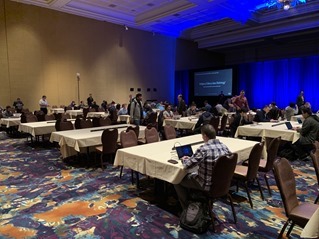

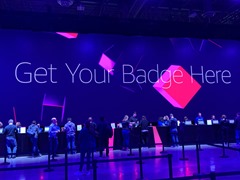
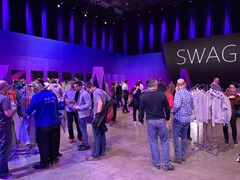
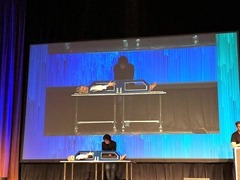
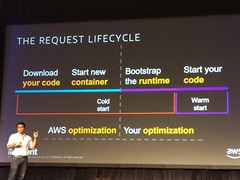
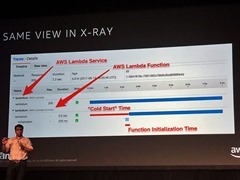
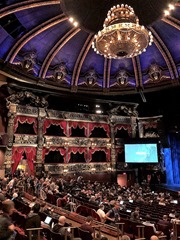
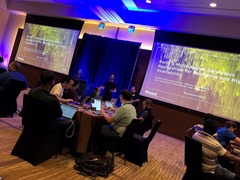
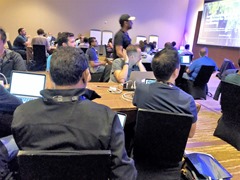
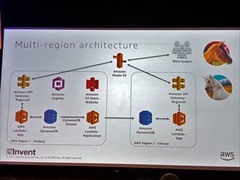
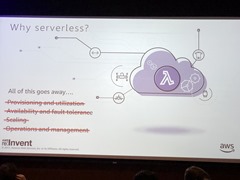

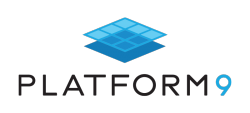


Recent Comments